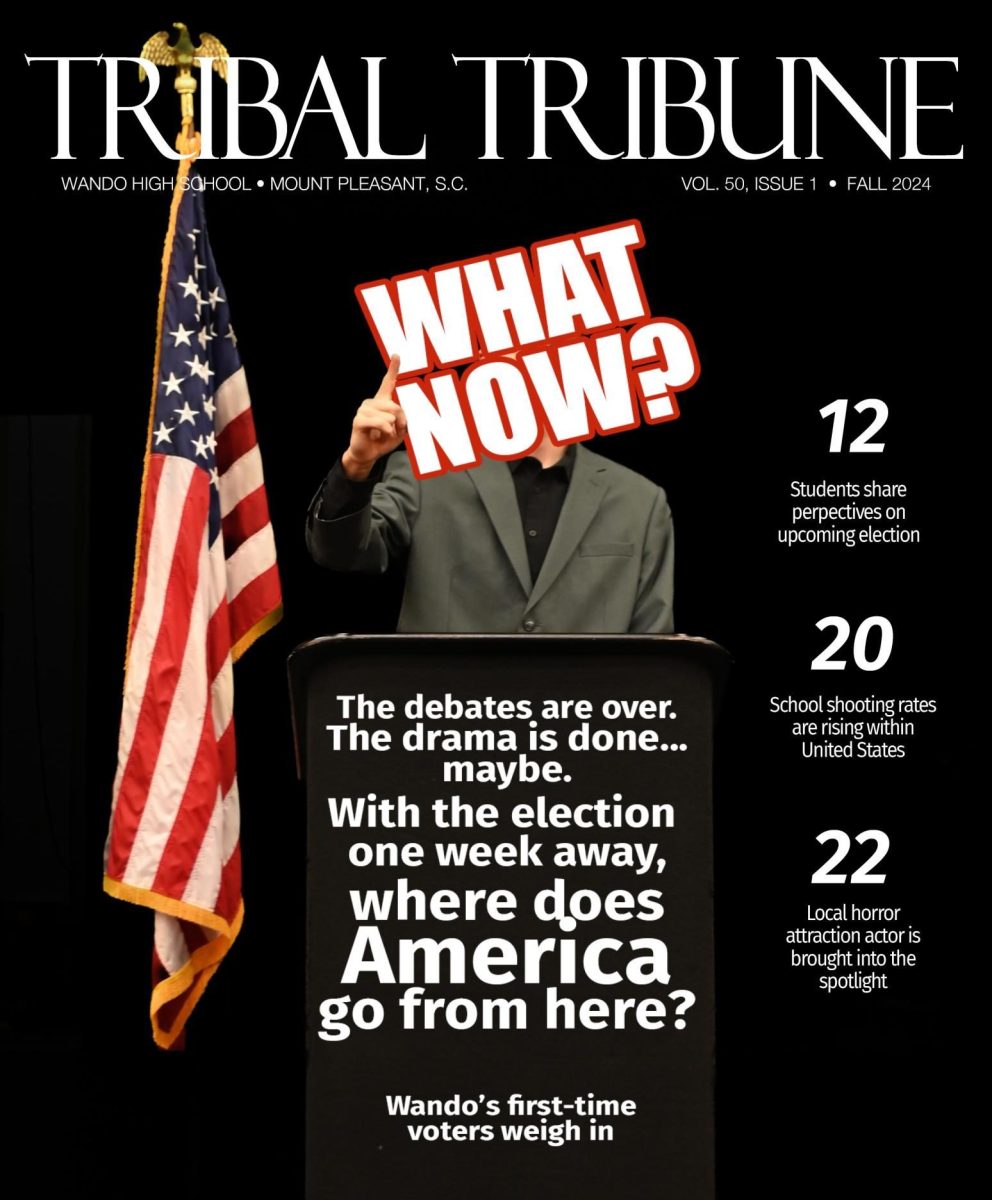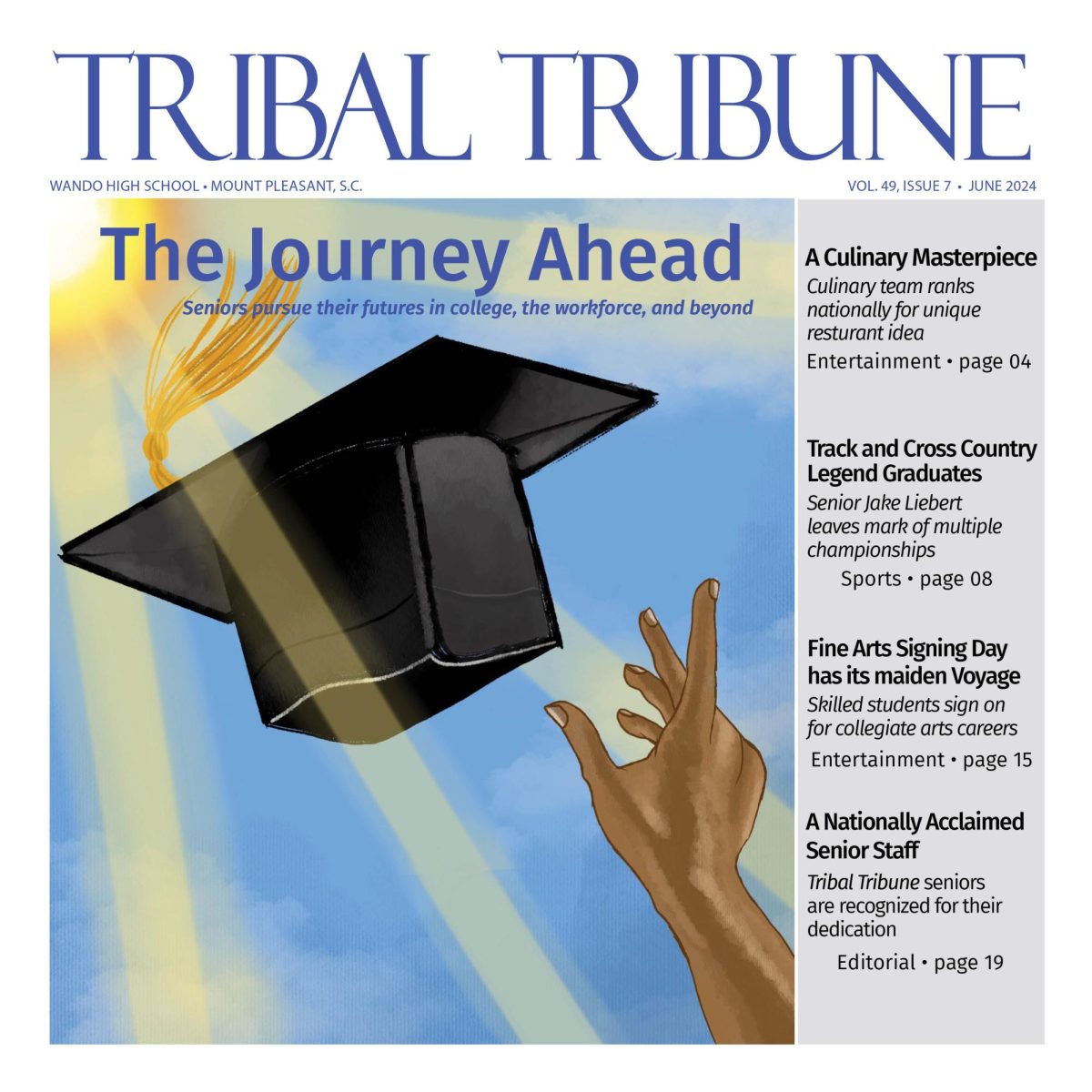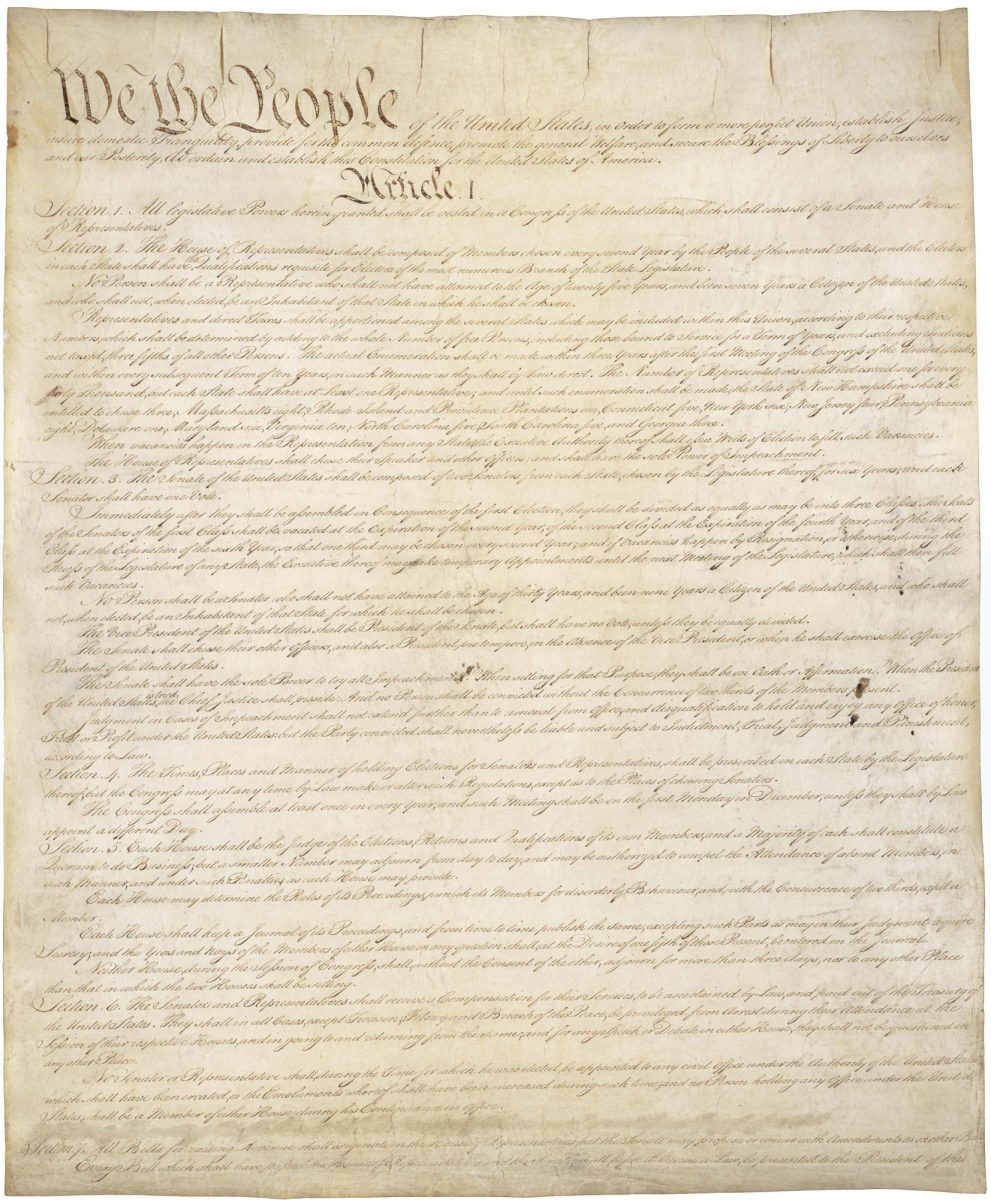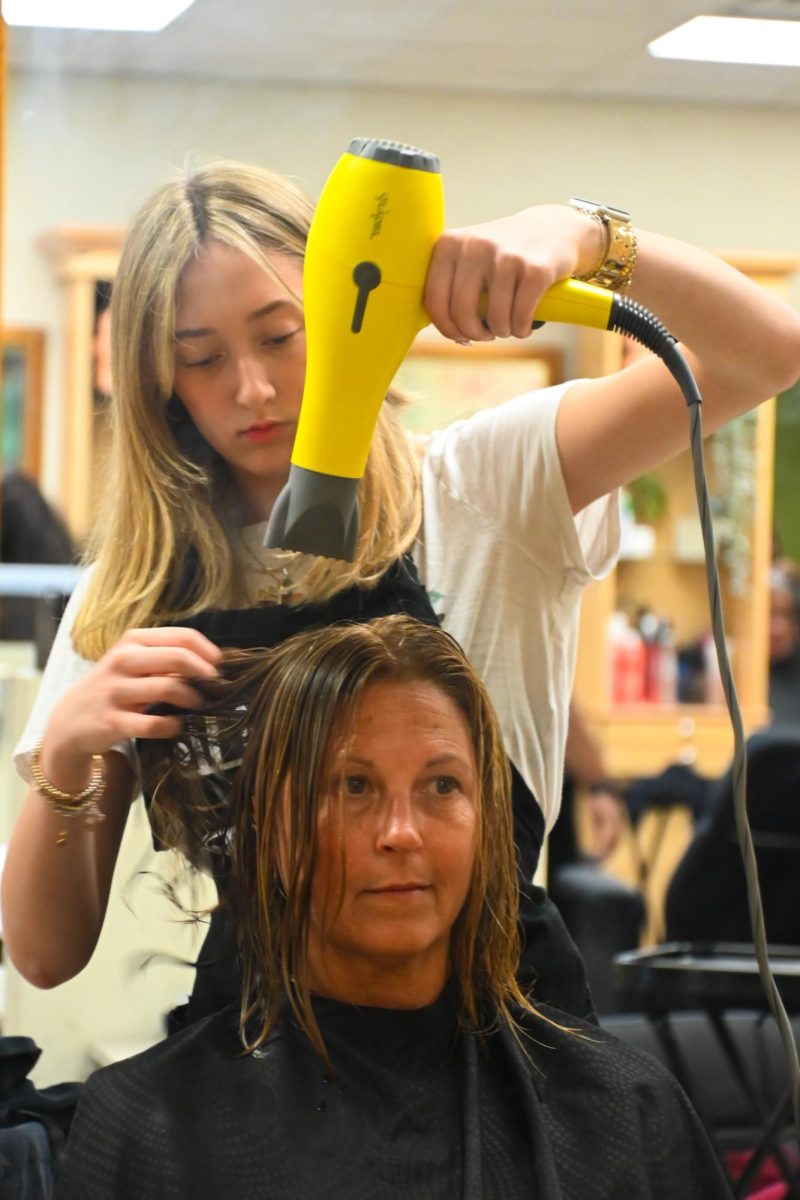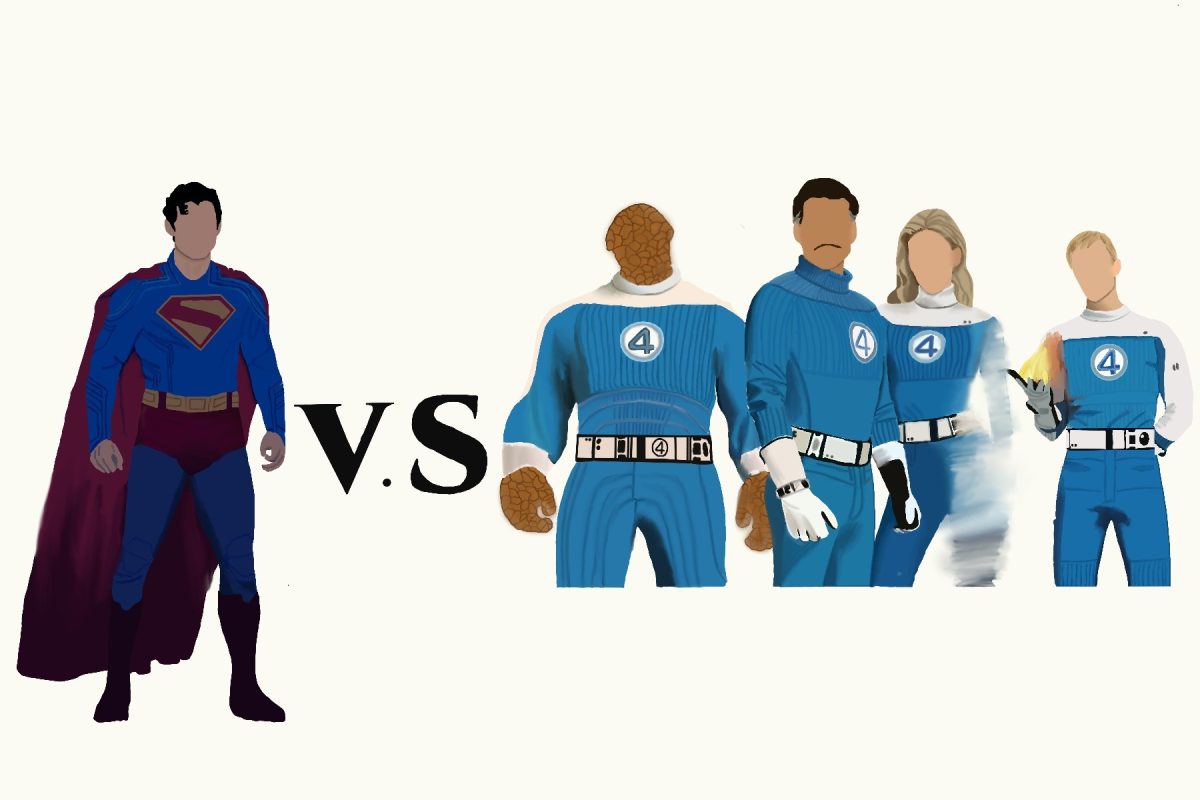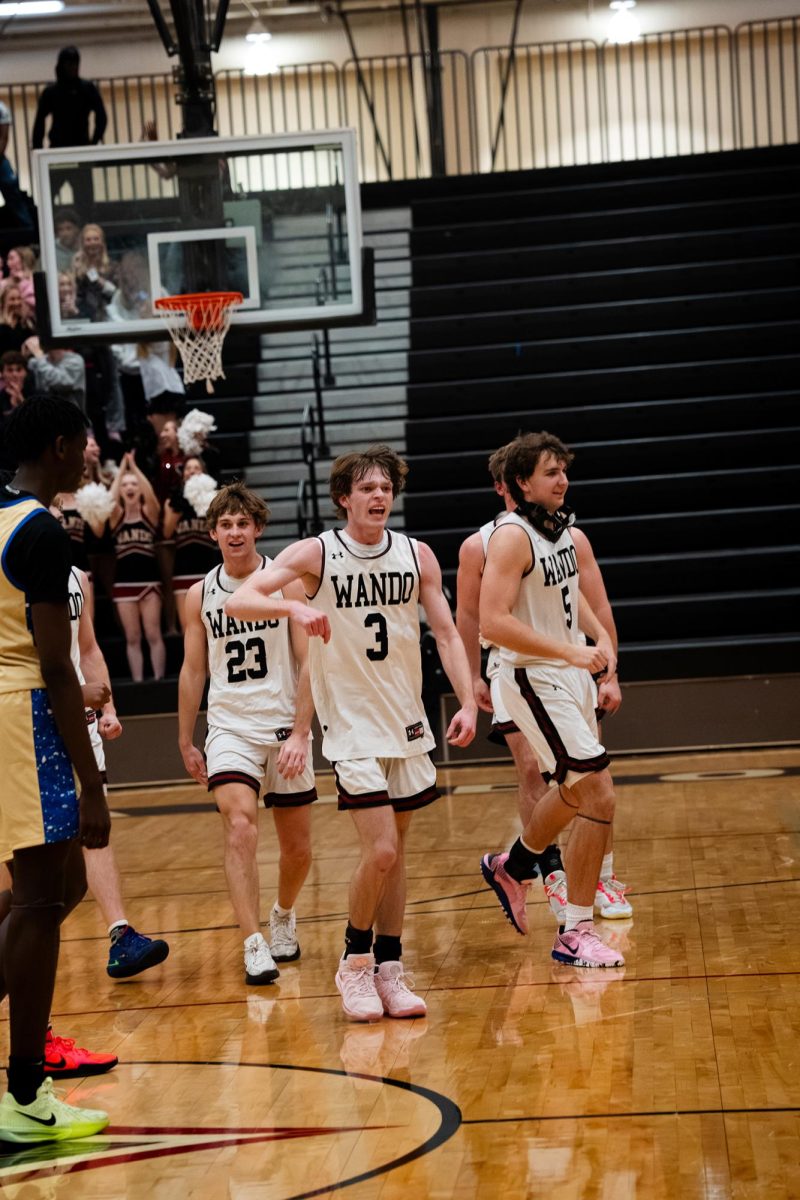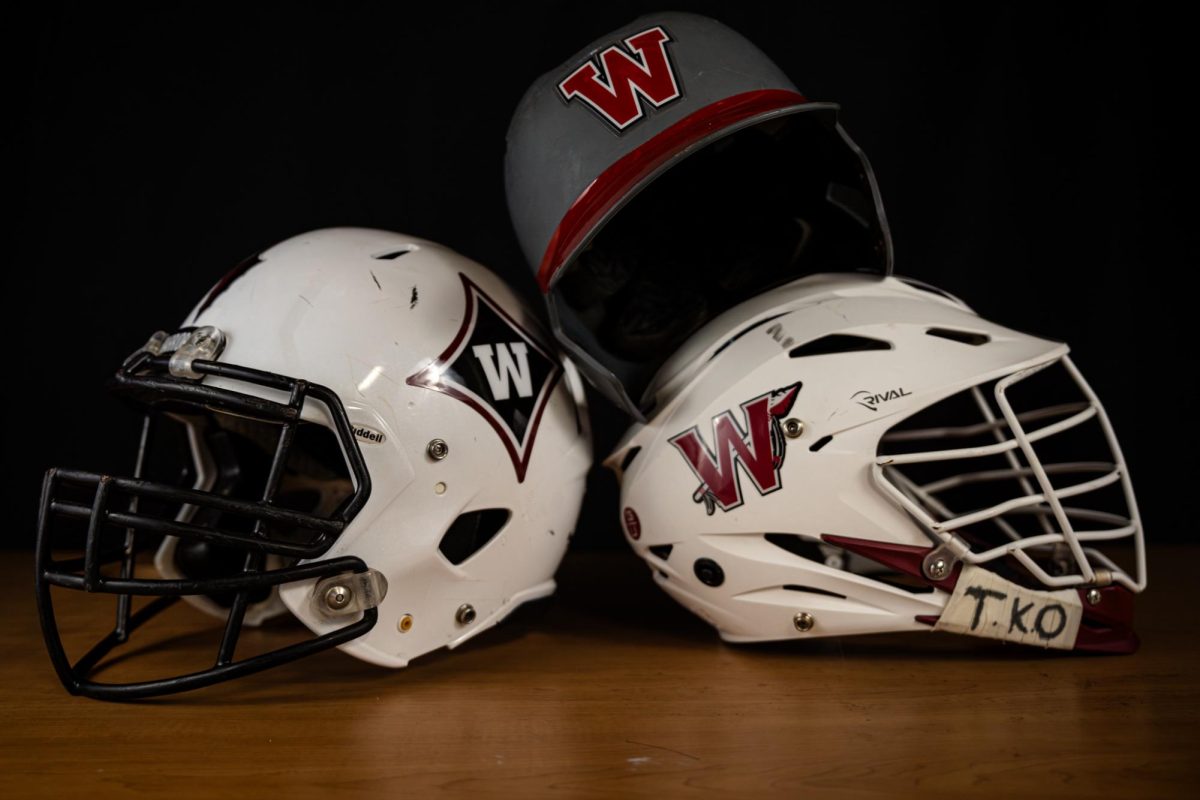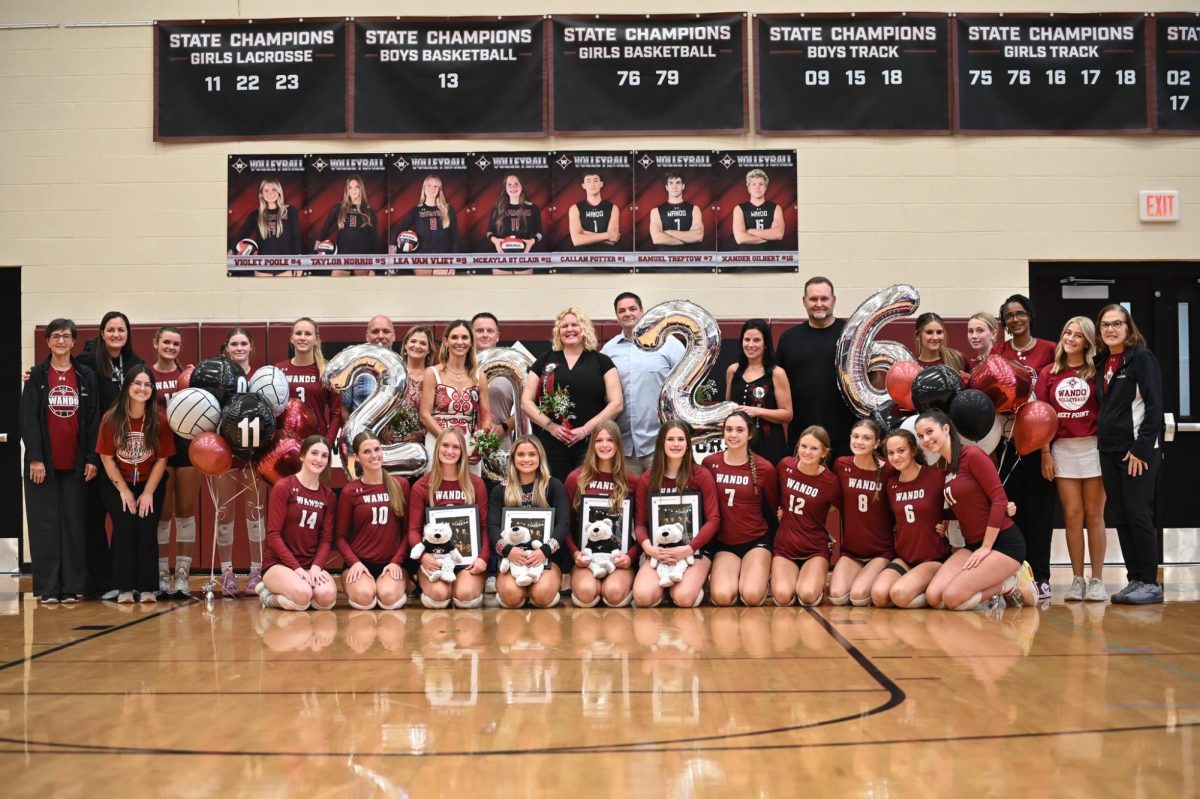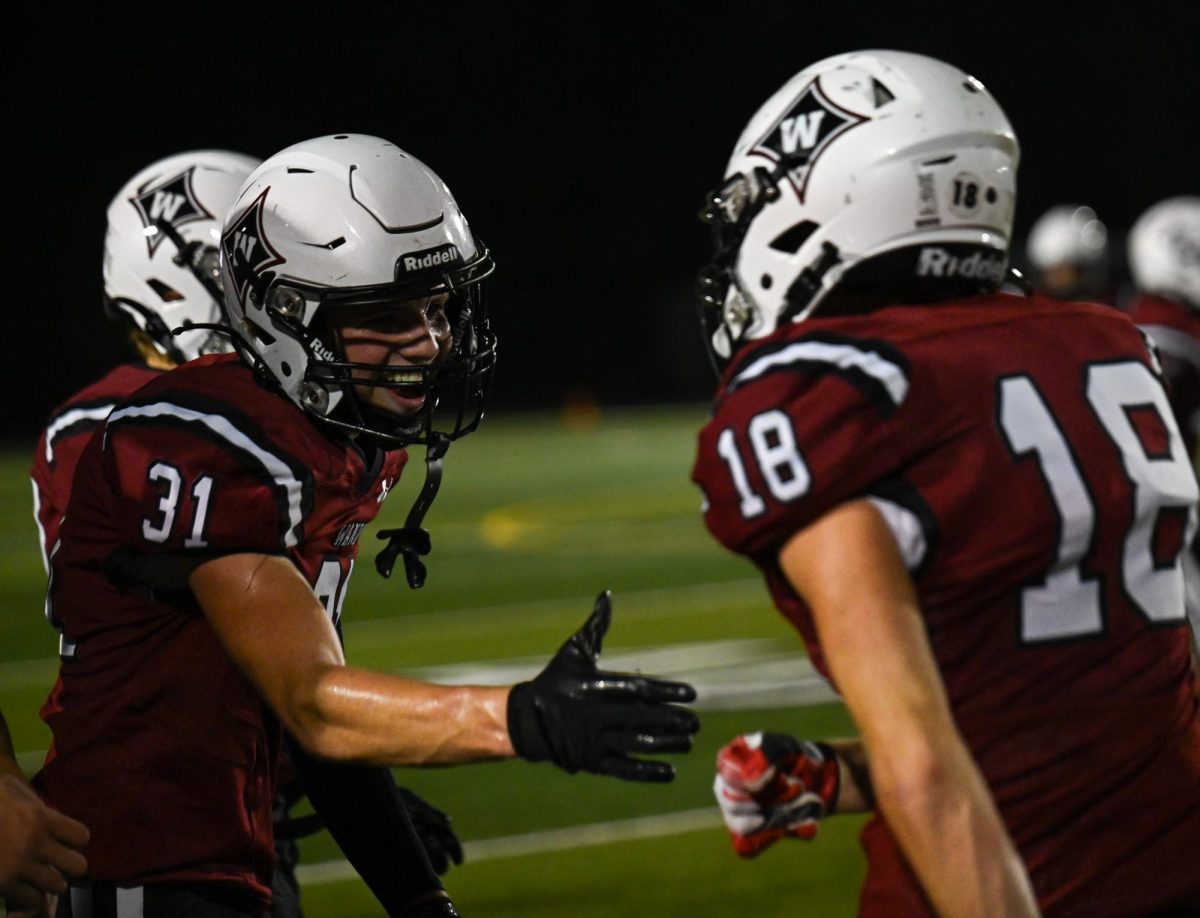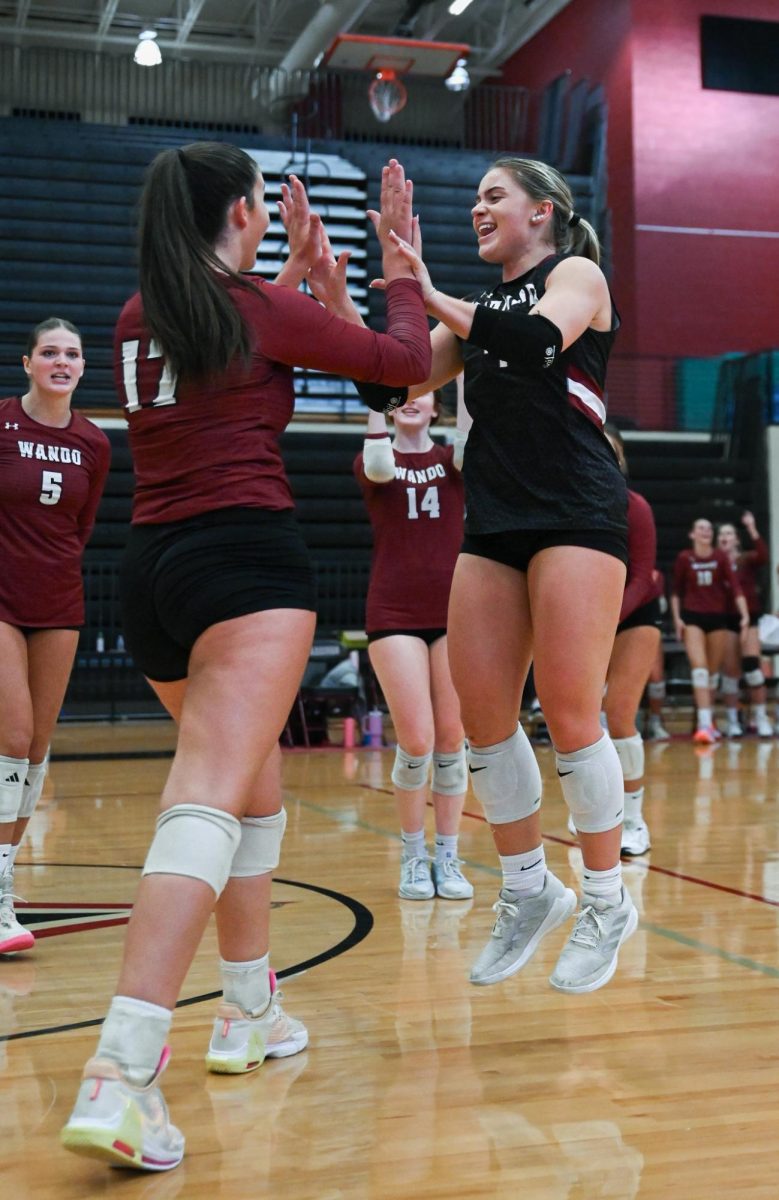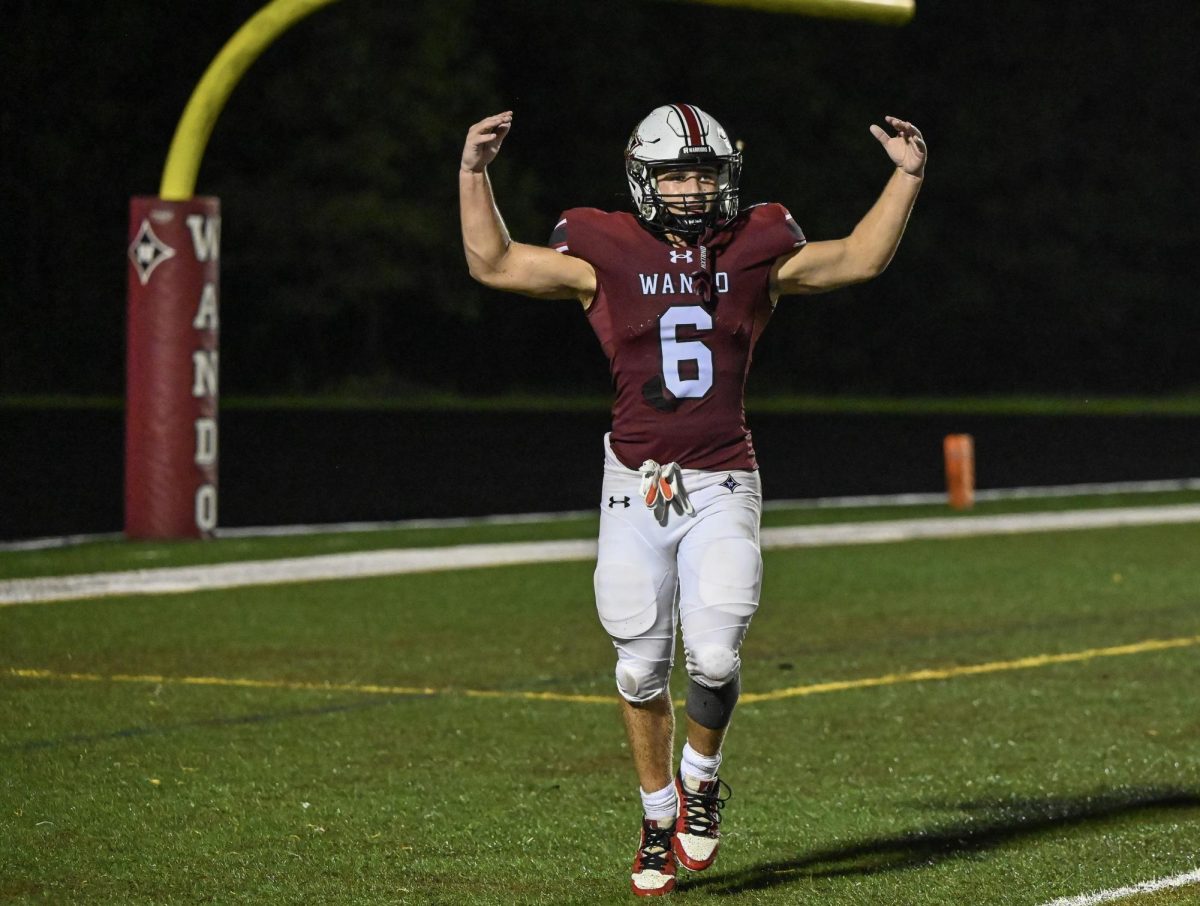A community rich with family and history, disrupted
Historic Phillips Community feels pain of growth
To Richard Habersham and many others, the Phillips Community is not just land, it’s not just a neighborhood community. It’s a family, bonded by years upon years of history.
A family that is being broken apart by the widening of a road.
Habersham’s family has been there since 1875—when the Phillips Community was founded.
The land was originally a plantation, first owned by John Rutledge. The community is one of the last remaining Black settlements and the community has been recently threatened by proposed developments to widen Highway 41.
“It’s a safety zone, your quality of life. Now I like talking about communities and… neighborhoods like this are a small community. I know everybody. This was a family plot. So it’s a safety zone. When my daughter was younger, all the kids would ride their bikes around the community with no concern because everyone knew everyone,” Habersham said.
Habersham expresses that, with the new developments, it doesn’t feel like a family community anymore.
“The difference between here and across the street is that in the new neighborhood, when their kids go to school they walk their kids across the street to the bus stop, while the kids over here walk over alone because the parents trust and know everyone. The new parents walk their kids over like they don’t trust the neighborhood,” Habersham said.
When the new developments began both the town council and the Phillips community members worked together to preserve the community. By creating a task force through the town council and a campaign called “Save the Phillips Community,” the community was able to start their efforts.
Liz Boyles is Division Chief for Neighborhood livability for Mt. Pleasant, and got involved with the Phillips Community through working with The Settlement Community Task Force, which was a group of representatives from all of the different African American settlement communities around the Mt. Pleasant area—Phillips being one of them.
“One thing that the Phillips Community has been able to do is they pulled together and they worked with Charleston County to establish a historic district for the Phillips Community. So, as part of that process, they documented their history, they made an outline of the community on a map to find the community that way,” Boyles said.
When the developments started, the task force’s main concern was taking away from the character of what made the Phillips Community.
“Among the big concerns of the task force was having to do with a loss of character, a loss of the sense of community that they have had for over a 100 years. I mean, there may be a few situations where there’s a family subdividing a lot for their kids or brother or something. I think that sort of thing continues, but, it’s the character and it’s the pressures on the neighborhood,” Boyles said.
Another factor that altered the community was the changes to the economic status and changes that came with the development of the new houses.
“All the new houses that had been built in and around those areas are so much more expensive, and therefore priced out of range for folks living in those communities. That’s kind of a big concern, and I know that, they’re some of the one of the more recent subdivisions that has been underway and Phillips has substantial price tags, as opposed to what a lot of the rest of the community would be,” Boyles said.
Senior Shaun Jefferson and his family live in the Phillips community and have seen the community change as developments progress.
“I knew a lot of people in the neighborhood growing up, and my dad knows a lot of people. So everyone knew everyone, which was pretty good growing up,” Jefferson said. “But recently a lot of new people are moving around there.”
One of the major problems that have affected Jefferson the most is the traffic and congestion that has been caused by the influx of people into the area.
“Traffic is terrible because it goes all the way down to Rivertowne and Dunes West, and there’s a few shopping centers down here too. So traffic is always bad. It leads to North Charleston and straight to the bridge so traffic both ways on 41 and 17 is bad for us,” Jefferson said.
A common trend has also been found in the community, of long term residents moving out to cheaper areas around Charleston.
“I know my parents are moving at some point, they talked about going to North Charleston. It’s just way cheaper to live there and buy a house there,” Jefferson said.
Unlike Jefferson, Habersham has lived there his whole life, and so have his preceding ancestors, and has seen the community grow and change throughout his life.
“It started as a farming community. Everybody had this large garden to live off of. It was a working class community, and now it’s more of a retirement area and the area is more developed, and now I see a lot of people that will have small businesses and stuff,” Habersham said.
Habersham’s family has grown up here and has had many experiences that shaped their childhood, and adult life, giving them an ever deeper connection to the community.
“People are more aware of this now and are more aware of what’s happening. Many of the younger people are stating that they won’t come back to the community. When me and my kids were growing up we had all these experiences in the neighborhood and we enjoyed living here in our childhood. So if we get more young people to move back, then maybe we all can really afford to move back, and I think some of them are really thinking along that line,” habersham said.
The threats to the community began with a water tank that was placed into the Phillips community.
“It started with the water tank. It was never supposed to be in Phillips, it was supposed to be in Dunes West, but they didn’t want it so Mt. Pleasant Waterworks bought a five-acre track and put it over here and we realized we needed to pay attention to what was going on around us. We took what we had for granted,” Habersham said.
Habersham is the Community Association president and took the first step in his community to take action.
“I was the only one that read the newspaper from front to back, and in the newspaper, they had a zoning issue. It’s not a big piece, it’s just a few lines And you have to read all the fine print to find it out. When I found out about the water tank, we got everyone together and gathered more knowledge about it, and that’s when I was nominated to be president,” Habersham said. “It wasn’t something that I sought or wanted. But, I took the role and sort of ran with it. And went from that to being active, politically active, when you do the zoning or come to home comprehensive plan. That was another thing that was and then the biggest thing is the quality of life. I say it’s hard, and it’s still tedious, but it’s rewarding and it’s because of my grandkids.”
Habersham’s background with the military and being a truck operator helped prepare him for his role as community association president for the Phillips community.
“I’ve spent six years on active duty and 16 years in the reserve Retirement System. And being an operator is different from being just a truck driver, they aren’t quite the same thing. But when you’re your own operator, you really act as a small business person, because you will maintain the trip, you have to do taxes, you have to figure out if it’s worth it to go on a trip… But the same thing here is you have to figure out how to make things work, and how to get people to work with you. And that’s a big thing by itself. But everybody’s got different personalities. You know, some people will listen to you, and some people don’t, I had some good relationships, and I had some bad relationships. So it makes a difference,” Habersham said.
According to Habersham, many people assume this issue regarding the Phillips community stems from a matter of racism, however he claims that he doesn’t think it does.
“I tell people, it’s not a racial thing. you take the race part off, because some of the white kids I went to school with, they can’t afford to live here either and they live in this community too. When it comes to moving away, a lot of black folks tend to move to areas like North Charleston, and Goose Creek, while a lot of the white folks tend to move to areas like Awendaw and McClellanville—both because of the cheaper prices. So some people tried to make this a racial issue, but it’s more economical than anything else,” Habersham said.
Habersham finds that finding a middle ground between the members of the community and the developers in finding a solution for the problems in the community.
“The biggest thing I see in my plans right now is a happy medium. When we’re saying affordable houses, these houses are $400,000, and that’s just unrealistic. And the other part is that it makes it harder for a person to build because a lot of these buildings don’t want to do individual houses, they want to have a subdivision and that makes it a little harder. The third part of it is electrics and waterworks. Sounds good that you get water sewage, but that’s another $14,000 miles, you have to pay for water and sewer just to hook up this to tap. And that’s too expensive,” Habersham said.
On top of the increase in housing prices, current residents who own their plots of land have to deal with the increase in water and electricity that they cannot afford, which eventually pushes them to move out of the community.
“A lot of my neighbors, I don’t know, if they got $50,000 right on hand, to pay for that, and then even if they do you probably take their whole life savings. There’s no affordable housing, they need to make a difference. So if they [the county] do a little bit, and they want to be a little bit more thoughtful, and respectful, I think that the community could make it,” Habersham said.




